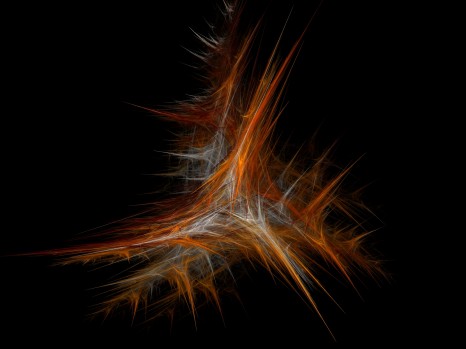
Axes and ancient boat building skills
CMA masters students spent most of the long bank holiday weekend at Buckler’s Hard in the New Forest learning ancient boat and ship building skills.
The backdrop of the River Beaulieu, the intermittent sunshine and occasional ice cream belie the serious labour (both physical and intellectual) involved in learning to work with adzes and axes. Using a range of replica tools students worked with chunks of oak to recreate boat building technologies from the Bronze Age to the Post Medieval period.
Continue reading →








